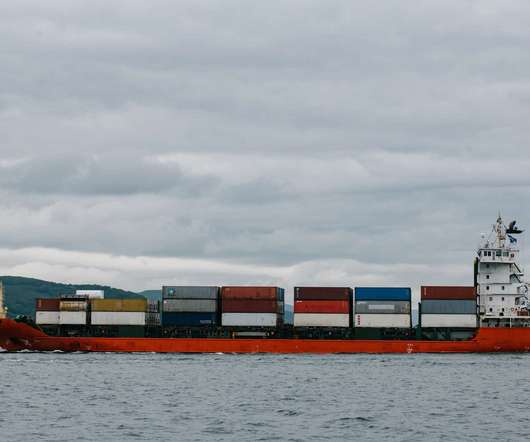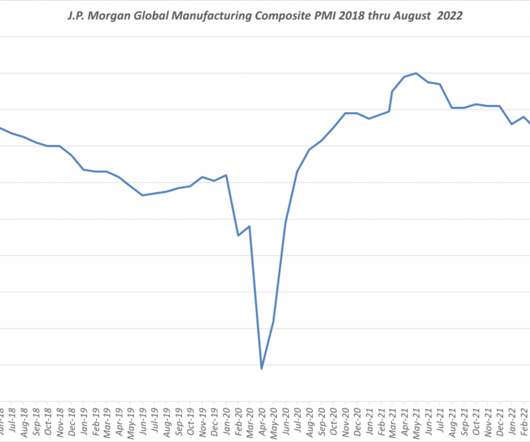Continued Disruption and Added Cost Inflation Reflected in Key Global Transportation and Logistics Indices in March and Q1 2022
Supply Chain Matters
APRIL 7, 2022
In a prior published commentary, we provided highlights of March and Q1-2022 global production indices along with their implications. We now add highlights of March and Q1-2022 key global transportation and logistics indices. and Warehousing Prices (90.5) Because of this, both Inventory Costs (91.0) this month. ’.
















Let's personalize your content